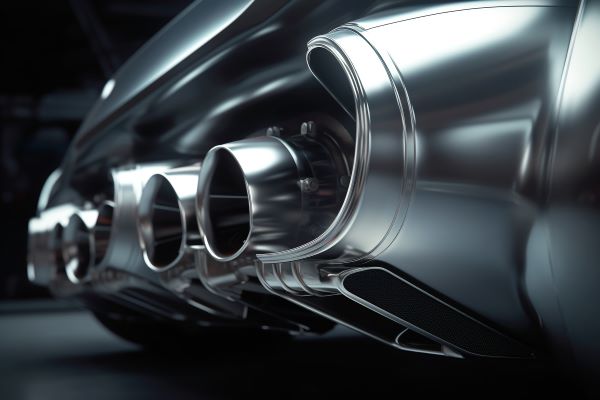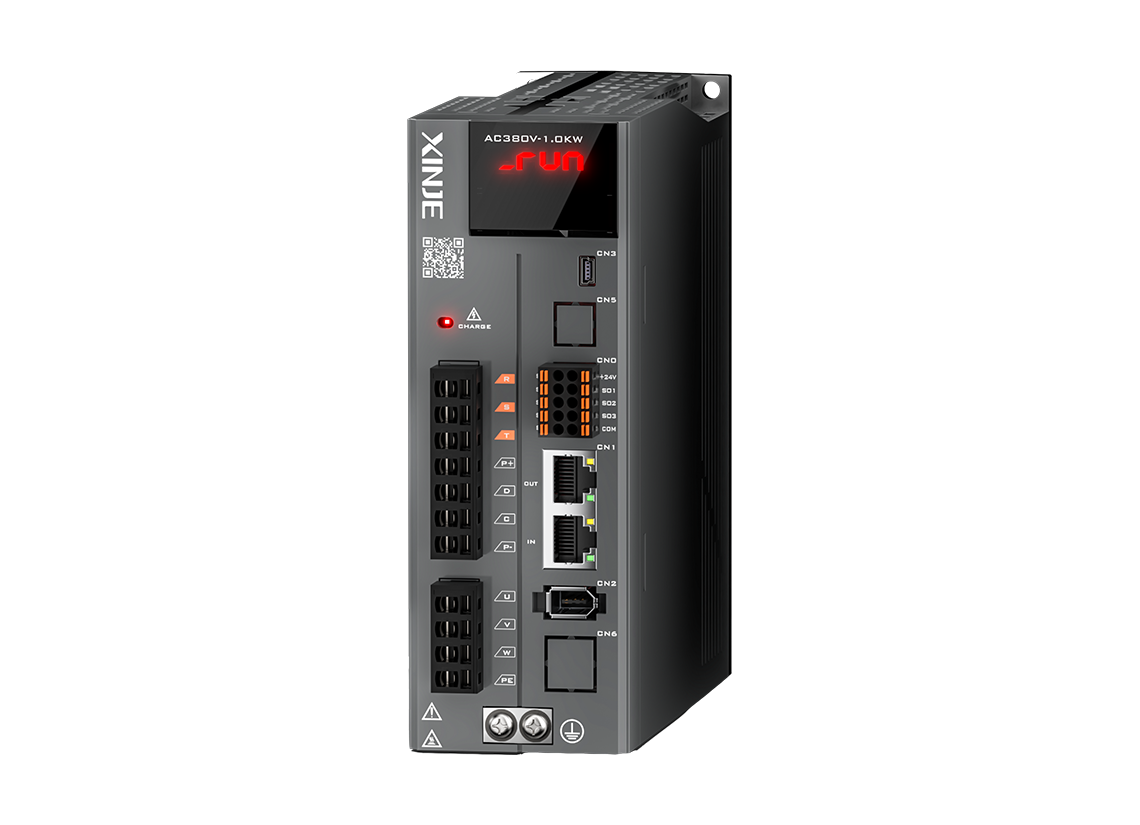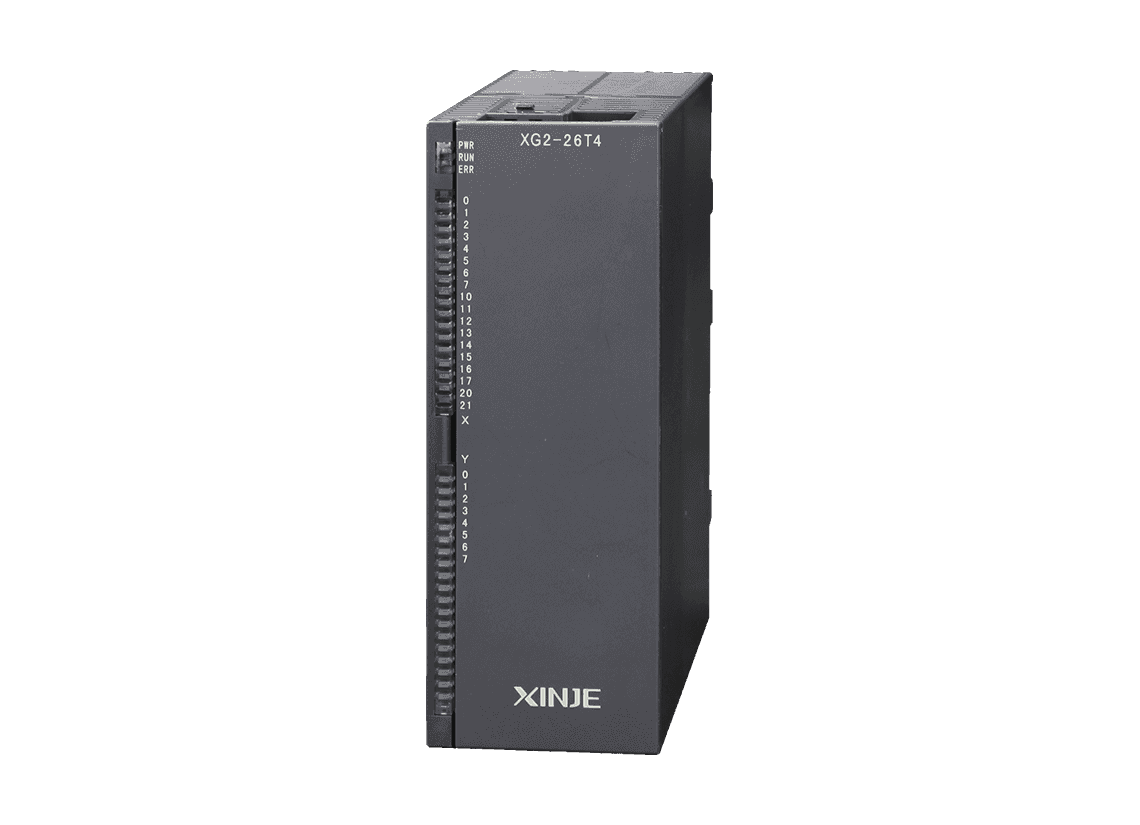Metal Tube Bending Machine System Solution
Metal Tube Bending Machine System Solution

Fast processing speed, high accuracy, stable performance, rich functionality.
XINJE Metal Bending Machine System is used for bending copper pipes, aluminum pipes, steel pipes, and other pipe materials. It has three-dimensional functionality, supporting features such as three-dimensional dynamic display, processing simulation, and interference inspection. This system has the advantages of fast processing speed, high processing accuracy, stable performance, and rich functionality. It can be applied in various fields such as aerospace, automotive, construction, metallurgy, chemical industry, and medical equipment.

Industry background
The metal bending machine is a widely used metal processing equipment in various industries. It can bend and process metal pipes of various sizes and shapes, primarily used in aerospace, automotive, construction, metallurgy, chemical, and medical equipment fields.
In the automotive industry, the bending machine is a crucial piece of equipment used in the production of exhaust pipes, transmission oil pipes, brake pipes, fuel pipes, and other components. In the household appliance industry, the bending machine also has extensive applications, primarily used in the production of refrigerant pipelines, drainage pipes, and other components in air conditioners, refrigerators, and other refrigeration equipment.
Addressing the current status of these industries, XINJE has introduced the metal bending machine system, designed for bending copper pipes, aluminum pipes, steel pipes, and other pipe materials. It has three-dimensional capabilities, including support for three-dimensional dynamic display, processing simulation, interference inspection, and other functionalities. This system offers advantages such as fast processing speed, high processing accuracy, stable performance, and rich functionality, making it suitable for applications in aerospace, automotive, construction, metallurgy, chemical, and medical equipment fields.


Technological principle
The metal bending machine is mainly used for bending copper pipes, aluminum pipes, steel pipes, and other pipe materials. The system converts the YBC data into axis position information and achieves the shaping of pipe fittings through the servo motion of feeding, rotating, and bending.
The specific actions are as follows: The feeding trolley Y reaches the waiting position, and manual or robotic feeding takes place. After pressing the start button, the trolley clamps the pipe fitting for fixation. When the dual-start buttons are pressed, the system automatically bends the pipe. After the bending is completed, the pipe fitting is manually or mechanically unloaded. The bending actions are generated by the system itself, and users can also modify the bending actions through custom functions. This system has rich process parameters to meet most of the requirements for pipe fittings.


Control scheme
The metal bending machine system adopts the Ethercat bus scheme. This control scheme has advantages such as high positioning accuracy, position memory, simple wiring, high communication efficiency, strong anti-interference ability, forward-looking function, smooth action, and diverse custom action options.
This system can be edited in various ways: YBC editing, XYZ editing, and 3D file editing. Users can also use the custom editing function, allowing them to insert Chinese instructions directly in the programming window. The program flow is concise and clear, making it easy for users to troubleshoot and modify.
This system supports online simulation and offline simulation functions. After programming, users can perform offline simulation testing to check for collisions and interferences in the machining files. Based on the simulation results, users can modify the actions to avoid interferences.






